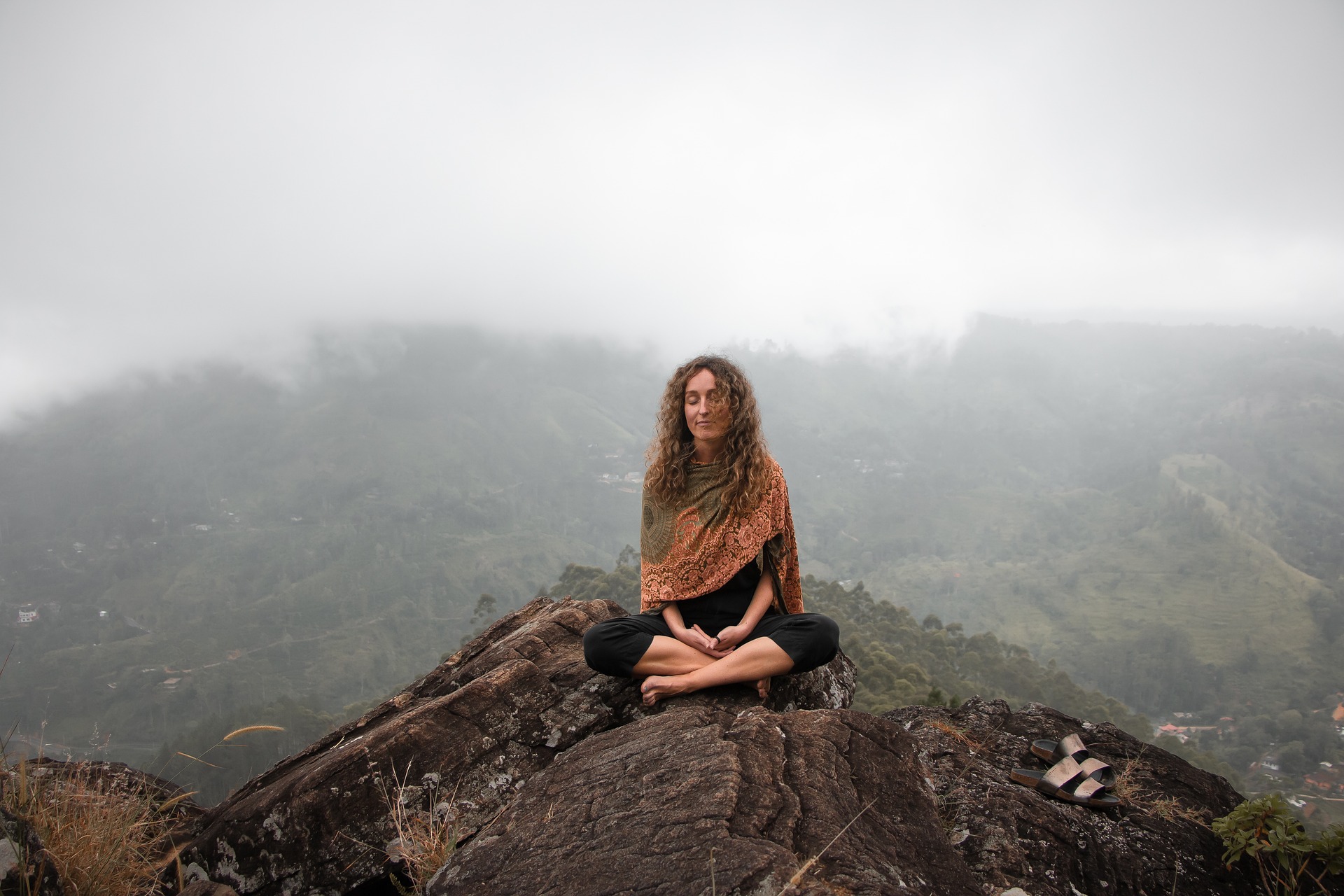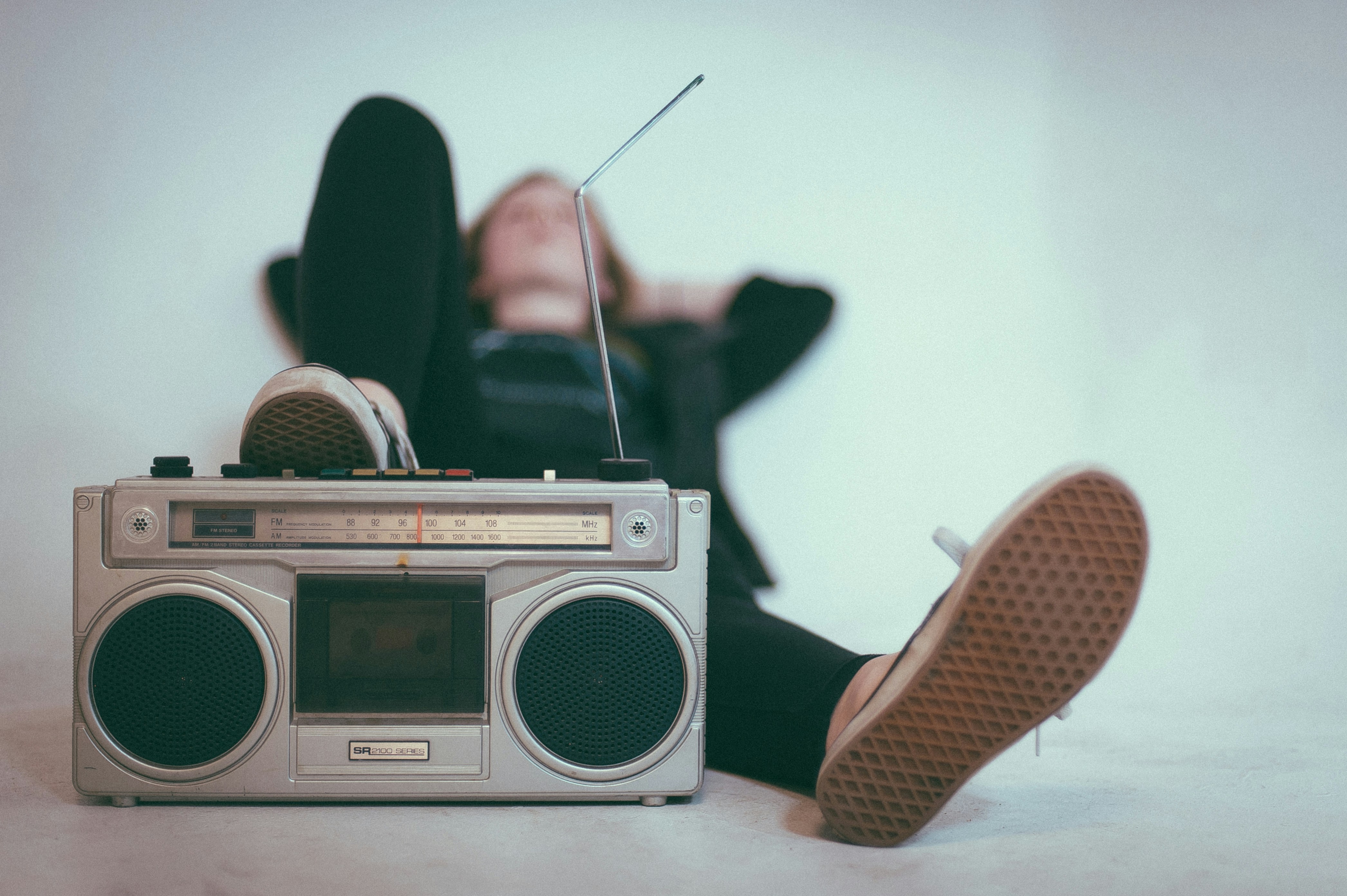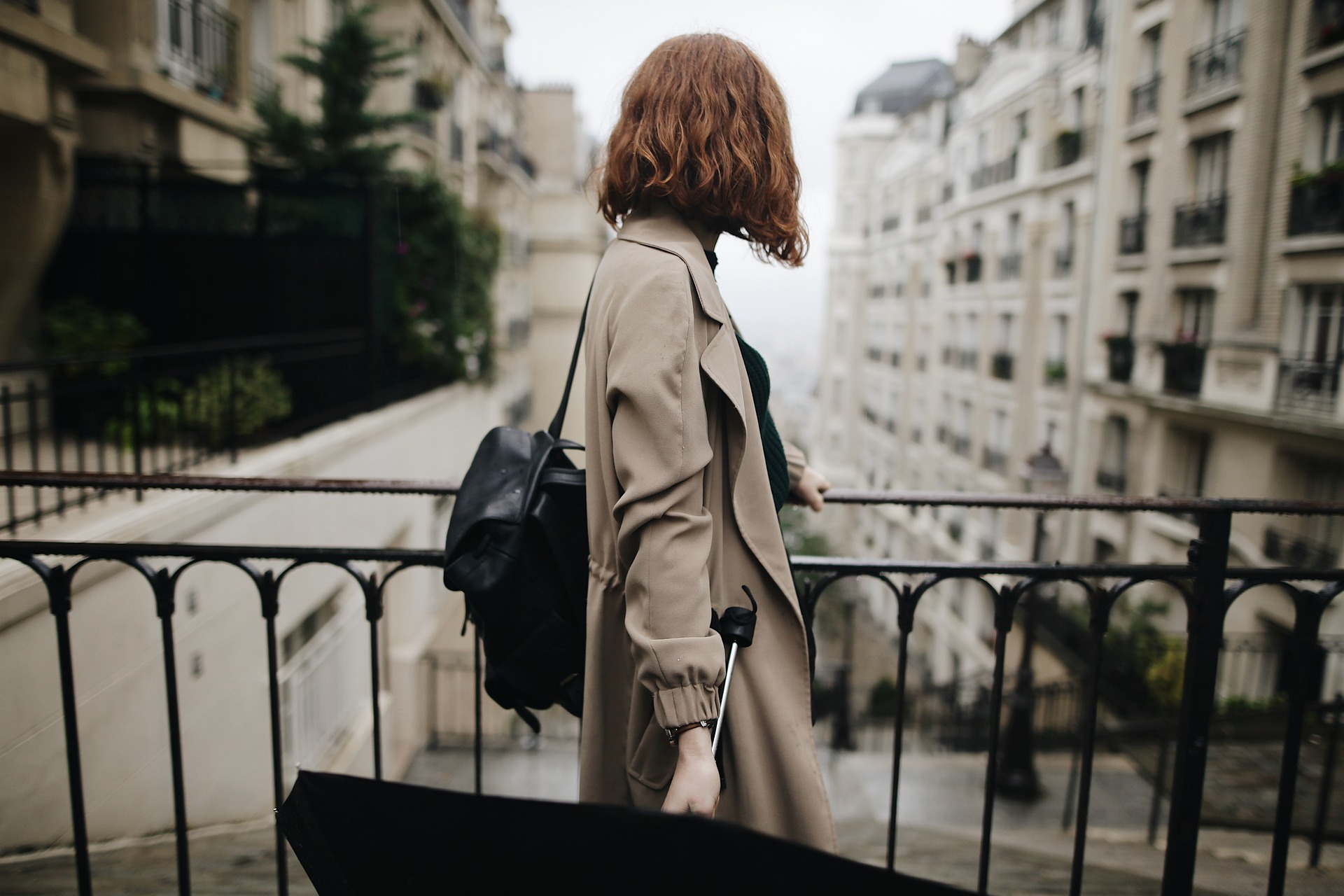The Art of Stillness: Butoh Dance Gained Traction Amidst the Pandemic
The global pandemic halted many aspects of life as we knew it, forcing everyone into an era of stillness. Ironically, as the world turned quiet, an unconventional dance form of Japanese origin started stirring interest in the U.S. Referred to as the "dance of darkness" or "dance of uncertainty," Butoh speaks to the stillness within the storm. Its growing prominence during these unpredictable times is a testament to its gripping, other-worldly appeal.

Butoh: A Twirling Canvas of Emotion
Born in post World War II Japan, Butoh embodies the unsettled spirit of a nation rebuilding itself. Known for slow, deliberate movements and often grotesque postures, it captures the profundity of experience both visually and psychologically. Traditionally performed in white body paint with minimal attire, Butoh artists depict raw emotion by contorting their bodies in peculiar ways. The insurgence of this dance form in the U.S. during the pandemic was unexpected but resonates with emotional turmoil experienced worldwide.
Embracing the Shadows: The Pandemic Connection
Amidst the pandemic, people found Butoh relatable. The isolation and uncertainty evoked feelings of detachment, and Butoh encapsulated this through its exploration of darkness. It connected the performers and audience on an emotional level, reflecting their collective unease. The practice of Butoh moved beyond studios, finding places in American homes and virtual platforms, becoming a cathartic remedy for coping with anxiety and stress.
Movement in Stillness: The Paradox of Butoh
Unlike other dance forms that command energy, Butoh is a journey into introspection, a celebration of silence. It’s about harnessing the power of stillness and subtlety. Butoh asserts that there is movement even in stillness, a philosophy that spoke volumes during the pandemic where physical activities were restricted, yet emotions were running high.
Butoh: A Growing Phenomenon
Art institutions across America are now recognizing Butoh’s potential. Dance academies have started incorporating Butoh into their curriculum, while prominent theaters have hosted virtual Butoh performances. The haunting beauty of this dance form continues to captivate the American audience and artists alike, carving a conspicuous space for it in the U.S. arts scene.
Impact on the Arts and Entertainment Industry
The rise of Butoh in America implies a shift in artistic expression. The U.S., known for its vibrant, noisy forms of entertainment, is opening up to more intimate, introspective art forms. This change impacts not only the dance arena but the whole entertainment industry, encouraging the acceptance of unorthodox art forms.
- Butoh was developed in Japan in the late 1950s.
- Its rise in the U.S. during the pandemic reflects a growing interest in slower, more introspective art forms.
- Despite its unconventional movements, Butoh is being embraced by the general public, art scholars, and performers.
- There has been a surge in online Butoh workshops and virtual performances amid the pandemic.
- Butoh is often performed with the artist painted entirely in white.
In essence, the pandemic has provided an unexpected platform for Butoh to flourish in the U.S. As the country embraced stillness, it also embraced a dance form that mirrored its collective sentiment. In its unsettling and transcendent performances, Butoh conveyed the emotions of a society grappling with uncertainty. Its growing acceptance is an affirmation of the evolving aesthetic taste of the American audience, signifying a shift towards embracing art forms that delve deeper into human emotion.




